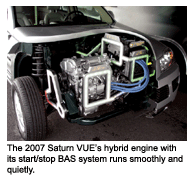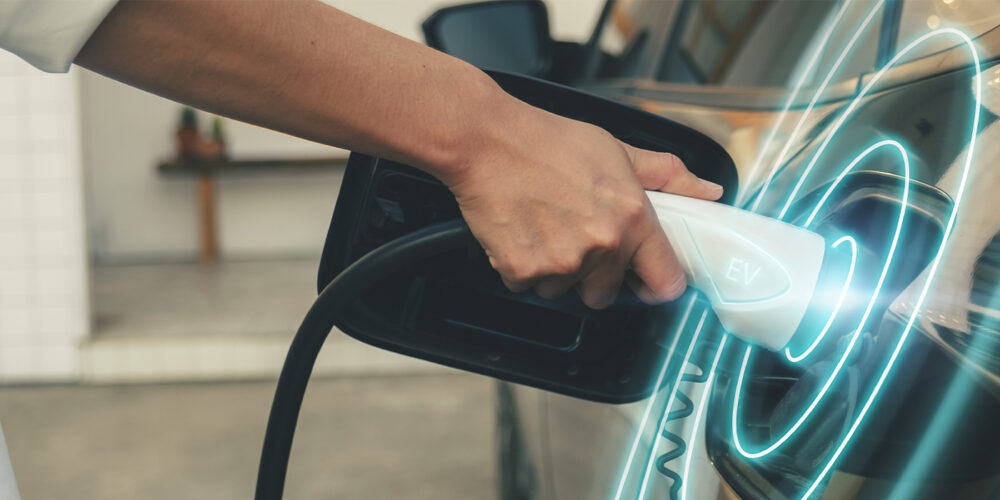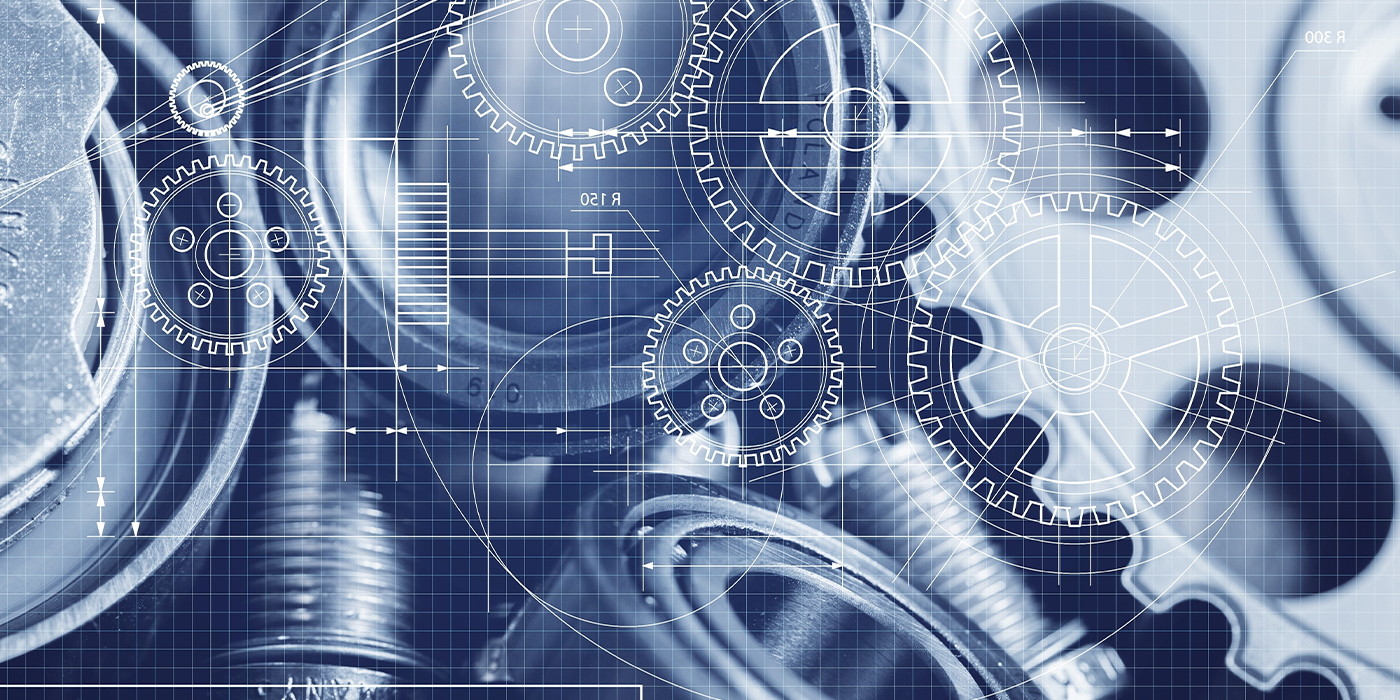According to a report in the Wall Street Journal, 2007 will see more new model introductions than any year in recent history. The 2007 model year will bring 61 new models to market, which is almost double the number of new models that typically appear each new model year. These new models represent about 24% of the total expected sales volume for new cars and trucks. The new models include the Ford Edge, new full-size pickup trucks from GM and Toyota, a redesigned Nissan Altima and the brand-new Nissan Versa, Toyota Yaris and Honda Fit subcompact cars.
 Why so many new models? Auto makers are scrambling to get more fuel-efficient vehicles on showroom floors, and to beat competitors to market with restyled and freshened up models that will hopefully stimulate sales.
Why so many new models? Auto makers are scrambling to get more fuel-efficient vehicles on showroom floors, and to beat competitors to market with restyled and freshened up models that will hopefully stimulate sales.
The new model year will also bring us more hybrid versions of existing vehicles, more complexity, and create more things that can and will go wrong as the miles add up.
The bad news it may take a little longer than usual to see some of these service and repair opportunities in the aftermarket. In addition to offering zero interest rate financing incentives to stimulate new car and truck sales, GM and Ford have both extended their powertrain warranties on remaining 2006 models as well as their new 2007 models.
Ford now gives its customers a five-year/60,000-mile powertrain warranty on all its 2007 Ford and Mercury models. They also extended the powertrain warranty on 2007 Lincoln models to six years or 70,000 miles from the previous four-year/50,000-miles bumper-to-bumper warranty.
General Motors upped the ante by announcing a five-year/100,000 mile powertrain warranty on its 2007 models.
Some would say these are two more nails in the aftermarket coffin. True, longer OEM warranties inevitably delay the day that vehicles come out from under warranty and become aftermarket customers. Engine rebuilders have certainly felt the impact of longer powertrain warranties, improved engine designs and higher new vehicle sales volumes. But the good news is changing technology and more complicated systems also create more service and repair opportunities for aftermarket installers and parts suppliers.
Saturn, for example, is introducing a “Greenline” hybrid version of its VUE sport utility vehicle. Their “halfway” hybrid does not have a full electric mode of operation like a Toyota Prius, but it does have a high voltage start/stop system that uses a bolt-on “belt alternator starter” (BAS) system and 36-volt nickel-metal hydride battery pack to improve fuel economy. When the vehicle stops for a red light and sits for more than about two seconds, the engine automatically shuts off. When the light turns green and the driver steps on the gas pedal, the engine automatically starts.
I drove a hybrid VUE and found the start/stop system to be surprisingly smooth and quiet. I had to watch the tach to see if the engine was running or not. The stop/start system is probably good for a 10 to 15% improvement in fuel economy around town. But because the BAS start/stop system is driven via the serpentine belt, I’m guessing this type of hybrid setup will probably eat belts as the miles add up. What’s more, when the BAS alternator/starter wears out several years down the road, it will likely cost a small fortune to replace because it will probably be a “dealer only” part (at least initially). And the battery pack? Probably another dealer-only part that will cost hundreds, if not more, to replace.
But even if the parts are only available from a Saturn dealer, our readers can still get the markup on the parts and bill their customers for the labor to install the parts — assuming they keep their skills up-to-date and don’t send this kind of repair work back to the dealer. New technology almost always creates new service and repair opportunities. Distributors were replaced by distributorless ignition systems to eliminate maintenance — which they did. But DIS also created higher repair bills for consumers thanks to the higher cost of the replacement modules, ignition coils and crankshaft position sensors these systems use. Labor costs also went up because of the increased diagnostic time it often takes to troubleshoot the more complex ignition systems.
Water pumps with molded plastic impellers are another innovation that have been used on many newer engines. Plastic impellers reduce cavitation, improve pumping efficiency and reduce parasitic horsepower losses. But plastic is soft and tends to erode over time, especially if the coolant is neglected or there is any abrasive sediment in the cooling system. As the impeller blades erode and wear down, the pump works less efficiently and pumps less coolant. Eventually, the engine may start to overheat at high speed or under load. Since the water pump is usually excluded in powertrain warranties or other extended warranties, the aftermarket usually gets the replacement sale as well as the repair job rather than the new car dealer. What’s more, many aftermarket replacement pumps for these applications feature wear-resistant steel impellers rather than the erosion-prone plastic impellers.
Rest assured that OEM engineers will continue to dream up new technologies to “improve” future vehicles, and that these new systems and components will continue to create new service and repair opportunities for the independent aftermarket.













